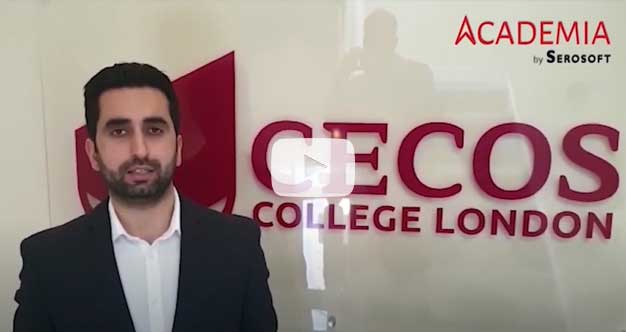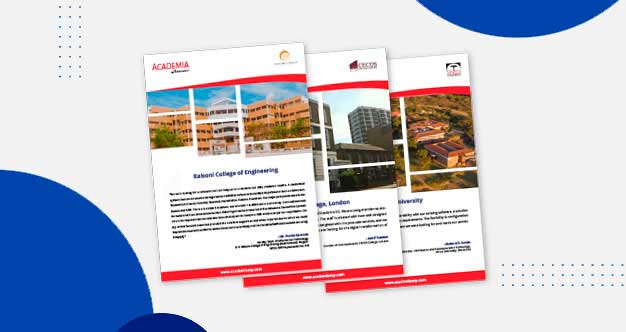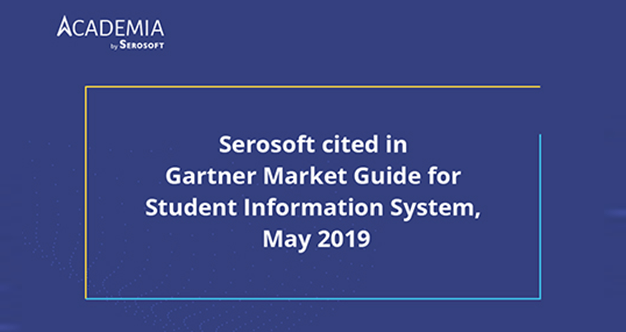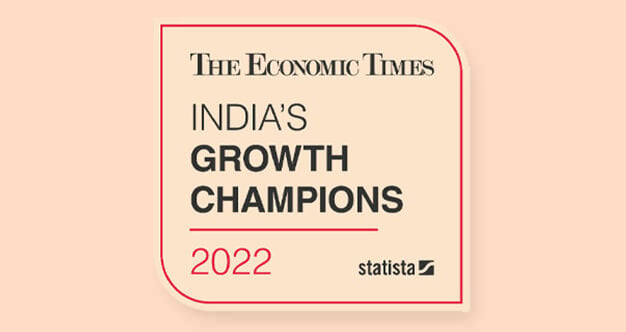How Higher Educational Institutions (HEIs) are set to transform due to NEP 2020?
The National Education Policy of 2020 is a revolutionary step taken by the Indian government. The policy is envisaged to change the current working of Higher Education Institutes in India and allows students to choose multiple disciplines as per their preference at every stage.
Higher education in India is widespread. It is partially digitalized and has responsibly transformed the country into a knowledge hub and made it a knowledge economy.
The National Education Policy (NEP) 2020 is based on five fundamental pillars – access, equity, quality, affordability, and accountability. It is designed to change the current education system
with high-quality knowledge resources and skill-based education. It also primarily focuses on integrity and promotes equality in participation in varied disciplines, irrespective of what social and economic background they hail from.
What is the New National Education Policy?
Through this new education policy, the government of India aims at bringing more than 2 crore students into proper learning. It is projected that this crucial step would allow the government to achieve 100% GER (Gross Enrollment Ratio) in preschool, secondary, and higher education institutions by the end of 2030.
These attempts are to prepare India to become a “global Knowledge Superpower”, by making the education ecosystem of India more flexible, holistic, and multi-disciplinary in line with the global skill demand.
Let’s look at the major reforms the NEP 2020 is set to bring in for HEIs in India –
- Opens entry for large education institutions
As mentioned earlier, one goal of NEP 2020 is to increase the Gross Enrolment Ratio in higher education in India, including vocational education from 26.3 percent in 2018 to 50 percent by 2035. As per the NEP, 3.5 crore new seats will be added to higher education institutions. The NEP proposed multi-disciplinary, holistic undergraduate education. The Policy is focused on supporting skill education and streamlining educational planning, administration, and management at all levels.
The primary focus of NEP 2020 in Indian higher education is to transform HEIs into
(a) Research-Intensive Universities (RUs)
(b) Teaching Universities (TUs)
(c) Autonomous Degree-granting Colleges (ACs)
This goal has to be achieved by 2040.
According to reports, India needs an additional 1500 HEIs to encourage and accommodate more students. The policy proposes the setting up of large and foreign universities. It seeks to promote India as a global destination for quality and affordable education. It will allow high-performing Indian universities to set up campuses abroad while allowing ‘select’ universities in the top 100 in the world to operate in India. This would promote healthy competition among Indian HEIs.
- Promotes Liberal & Flexible Education
NEP 2020 is designed to generate interest among students in the specialized area of research. This will lead to discoveries and acknowledge the importance of invention and scientific outcomes.
Arts and Science streams will not be separated strictly, as well as curricular & extracurricular activities and vocational & academic qualifications. This is meant to promote a holistic and very versatile learning environment that will nurture open-mindedness and build well-rounded individuals.
A revolutionary introduction in the Indian context is the freedom for learners to learn at their convenience. The new policy gives flexibility to students to choose from a variety of subjects and move out with a certificate, diploma, or full degree, depending on the number of years spent on the course. It gives students multiple entry and exit points in degree programs, which further encourages lifelong learning philosophy.
An Academic Bank of Credit will be introduced which will store the academic credits of students earned from different HEIs digitally and these credits will be counted towards the final degree earned.
The policy has also asked HEIs to do away with high-stake examinations and bring in a continuous and comprehensive evaluation system.
This reform is meant to help the students to nurture their creativity and critical thinking by motivating them to follow their passion in their chosen field. This will completely change the business models of HEIs in the future, along with their curriculum and delivery methods. Technology will be the integral support that will help in this seamless shift.
- Eases Regulatory Structure
According to NEP 2020, there would be one common regulator for all HEIs in India -National Higher Education Regulatory Authority (NHERA). By eliminating the multiple, overlapping regulators, NHERA will create various verticals and cater to different disciplines and simplify degrees or diplomas. This change will ease the regulatory burden of HEIs and will allow them to focus more on their core role of imparting knowledge. The single regulatory system would provide autonomy to HEIs, which is crucial to innovations in education.
As per the vision of #NEP2020, the Government has approved the #NewIndiaLiteracyProgram (NILP) aiming at providing Education for All, covering all aspects of education for non-literates of 15 years and above. Let’s take a glance at some of its major features. pic.twitter.com/dfZ3obIMHz
— Ministry of Education (@EduMinOfIndia) February 16, 2022
Initiating a New Education Policy in 2022: Key Highlights
- The policy emphasizes providing quality and affordable education to all students between 3-18 years of age group all over the country.
- It also focuses on using technology in education to make it more accessible and effective.
- The focus should be on online learning to ensure the highest quality education for students. As part of the new system, e-learning will be expanded to include online courses, which will allow students to study from anywhere and at any time.
- It also promotes holistic and multidisciplinary education replacing rote learning.
- The curriculum in India has been updated to incorporate more concepts and vocational education.
- The policy seeks to provide vocational and technical education to students so that they are equipped to enter the workforce.
- This policy introduces a new 5+3+3+4 education structure replacing the current 10+2 system.
- The policy aims to increase the Gross Enrolment Ratio in higher education to 50% by 2035.
- According to NEP, learning should be holistic, joyful, stress-free, and a lifelong process.
Conclusion
A change in the Indian higher education system was long overdue, and NEP 2020 marks a bold move away from the long-standing and established rote and herd learning practices in India.
While the NEP 2020 aims at improving the operative environment for HEIs across India, it reveals the government’s intent to restrict the commercialization of higher education in India.
The NEP reforms introduced in the Higher Education System are set to result in –
- Institutional restructuring and consolidation
- A holistic education eliminating rote learning
- Internationalization
- Teachers training
- Professional education
- High-quality research
- Quality universities and colleges
Changes in the overall ecosystem will bring new challenges for educational institutions, staying updated with the latest developments can help educational institutions to address these challenges. For this, a higher education ERP or SIS can help institutions bring digital transformation and automation, you can also schedule a demo now!
 Higher Ed Plans
Higher Ed Plans K12 Plans
K12 Plans







